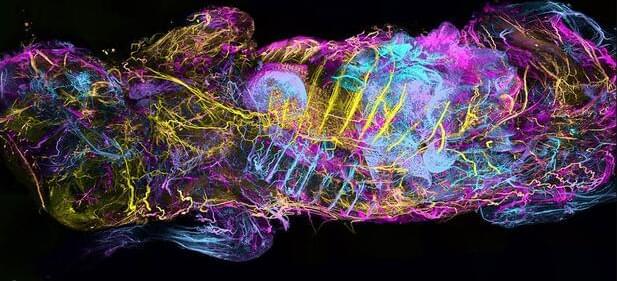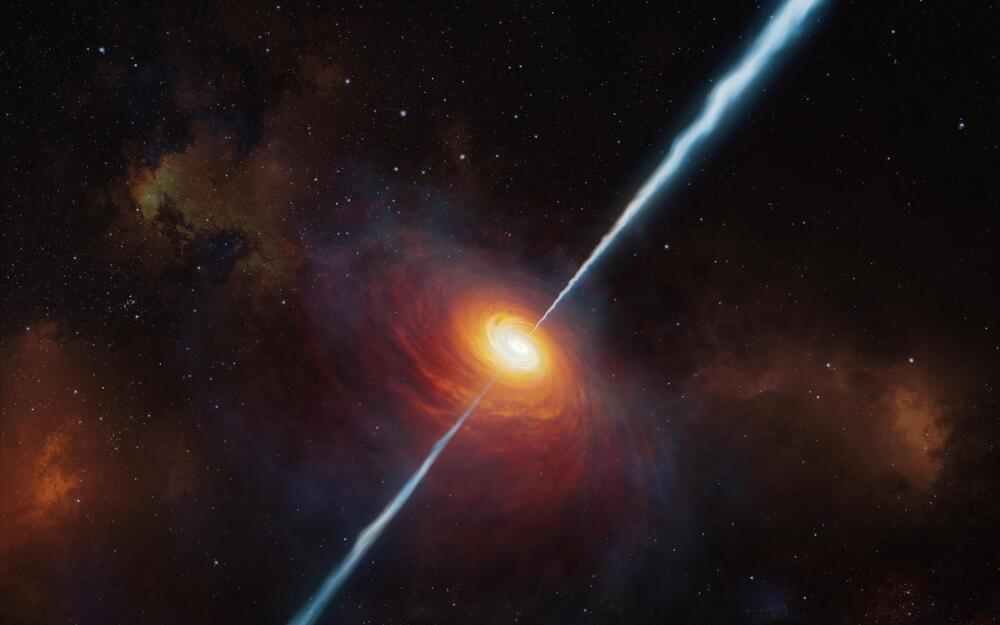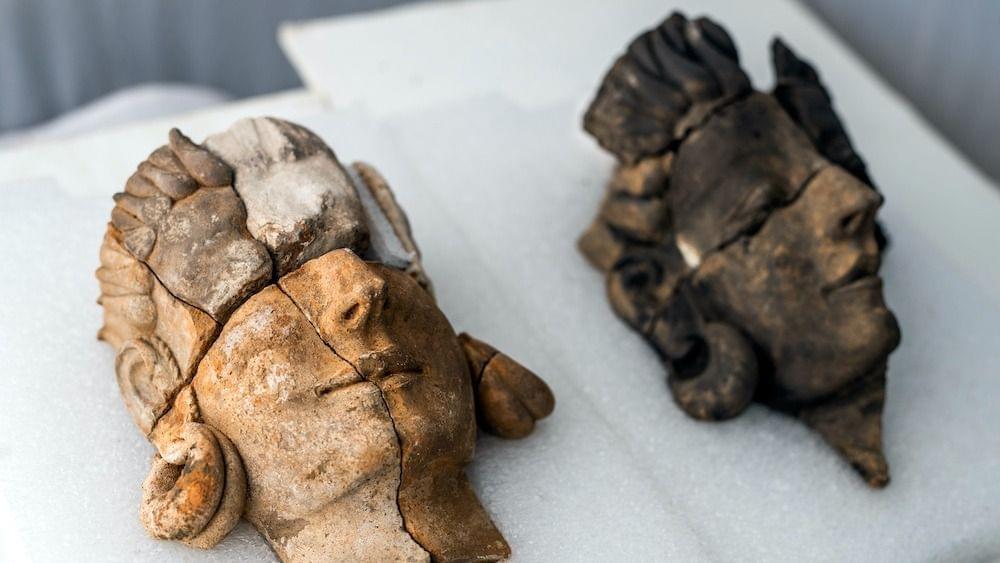https://www.youtube.com/channel/UCHY4AAMWhCTtx_z19kABacQ
Share your videos with friends, family, and the world.
https://www.youtube.com/channel/UCHY4AAMWhCTtx_z19kABacQ
Share your videos with friends, family, and the world.
How does the mind interact with the body? Six philosophers take a swing at answering the mind-body problem.
Another fact-based warning about current AI. Not future, but currently.
Are LLMs Overhyped or Underappreciated? with Marti Hearst — Full Interview: https://twimlai.com/go/626🔔 Subscribe to our channel for more great ML content just like this: https://youtube.com/twimlai?sub_confi… 🗣️ CHAT WITH US! Subscribe to the TWIML AI Podcast: https://twimlai.com/podcast/twimlai/ Join our Slack Community: https://twimlai.com/community/ Subscribe to our newsletter: https://twimlai.com/newsletter/ Want to get in touch? Send us a message: https://twimlai.com/contact/ #AI #chatgpt #LLMs



LinkedIn.
This week saw the release of two dummy ads, one for an American beer and another for a pizza brand.
Said by me, before Bill. really smart kids will probably check out by late 2020s, preferring AI tutors over in person. the idea for everyone who wants to to be able to use an AI tutor will take place mid 2030s. And debate will turn very nasty.
Bill Gates believes AI (artificial intelligence) chatbots like ChatGPT will be able to replace teachers in the near future. There’s a lot of hype surrounding AI and the 67-year-old Microsoft co-founder has been endorsing it lately.
According to Gates, generative AI models including ChatGPT will soon be able to help children learn to read and improve their grades. In other words, the billionaire suggests A.I. chatbots could oust teachers in the near future.
Earlier this month, ASU+GSV Summit announced Gates as a keynote speaker for the event. During the event that took place in San Diego, the visionary entrepreneur predicted that AI chatbots will be able to help children hone their writing skills in just 18 months.

Wow. Spoiler, quasars are galaxies colliding and part of the gases reacting with black holes in the middle of the galaxies. Does that mean we’re all doomed though we could galaxy hop in the distant future I suppose. And the rest of the dispersed gases will take millions or was it billions of years to make new stars again. Kinda reminds me of human life. We are born only to return to the Earth.
Scientists have unlocked one of the biggest mysteries of quasars—the brightest, most powerful objects in the universe—by discovering that they are ignited by galaxies colliding.
First discovered 60 years ago, quasars can shine as brightly as a trillion stars packed into a volume the size of our solar system. In the decades since they were first observed, what could trigger such powerful activity has remained a mystery. New work led by scientists at the Universities of Sheffield and Hertfordshire has now revealed that it is a consequence of galaxies crashing together.
The work is published in Monthly Notices of the Royal Astronomical Society.

Archaeologists in Spain have unearthed five life-size busts of human figures that could be the first-known human depictions of the Tartessos, a people who formed an ancient civilization that disappeared more than 2,500 years ago.
The carved stone faces, which archaeologists date to the fifth century B.C., were found hidden inside a sealed pit in an adobe temple at Casas del Turuñuelo, an ancient Tartessian site in southern Spain. The pieces were scattered amongst animal bones, mostly from horses, that likely came from a mass sacrifice, according to a translated statement (opens in new tab) published April 18.